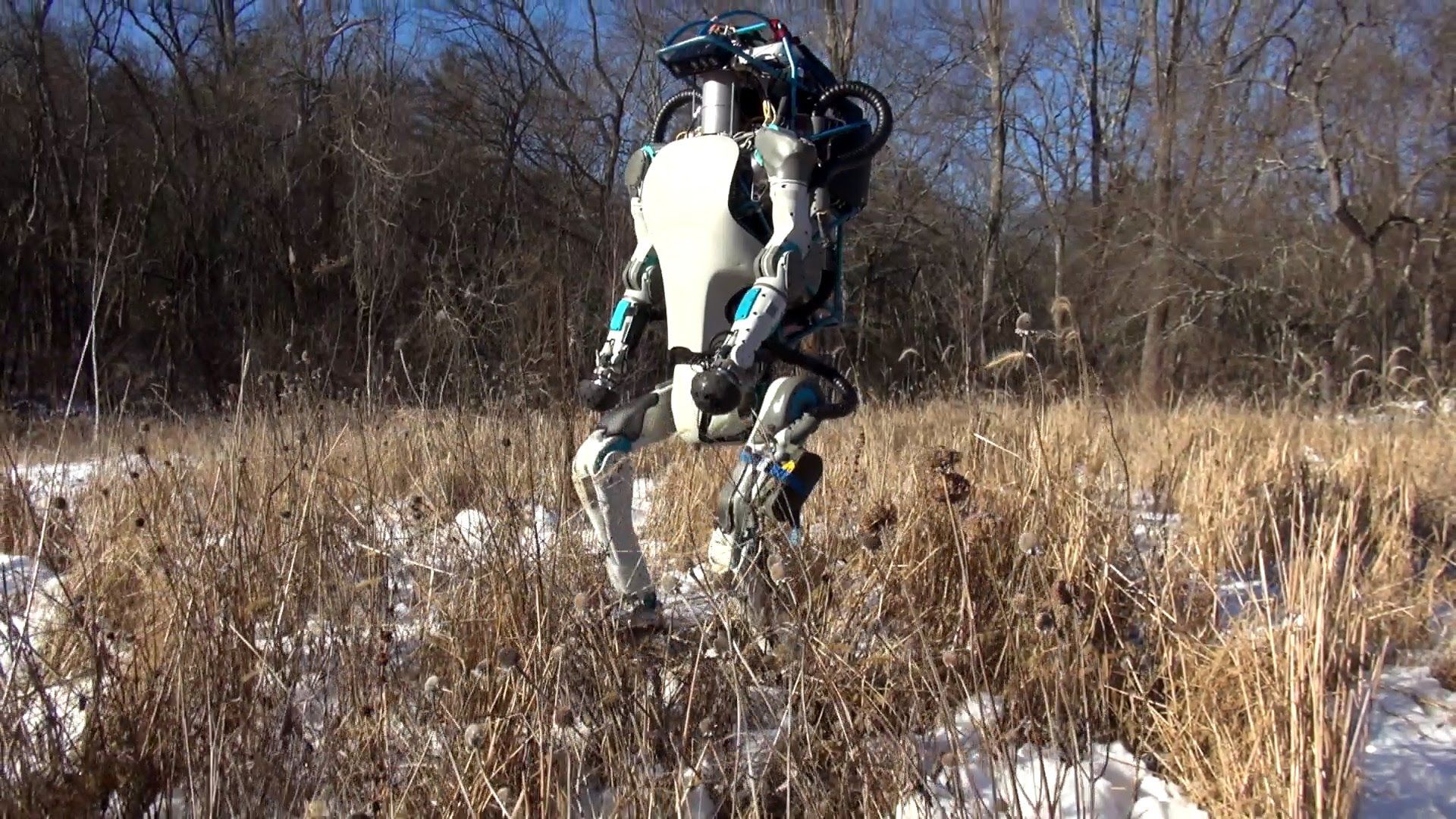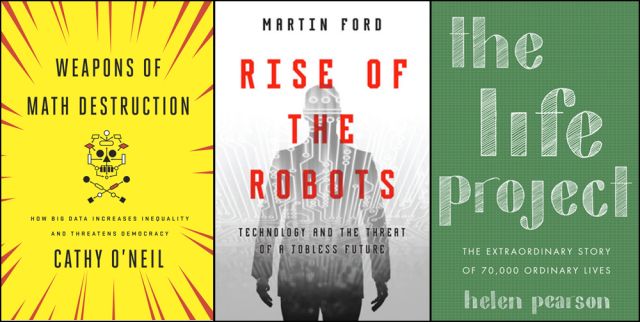Apr 26, 2017
How Should We Treat Our Military Robots?
Posted by Dan Kummer in categories: military, robotics/AI
Increasingly human-like automated weapons demand an honest accounting of our emotional responses to them.
The audience of venture capitalists, engineers and other tech-sector denizens chuckled as they watched a video clip of an engineer using a hockey stick to shove a box away from the Atlas robot that was trying to pick it up. Each time the humanoid robot lumbered forward, its objective moved out of reach. From my vantage point at the back of the room, the audience’s reaction to the situation began to sound uneasy, as if the engineer’s actions and their invention’s response had crossed some imaginary line.
Continue reading “How Should We Treat Our Military Robots?” »
















